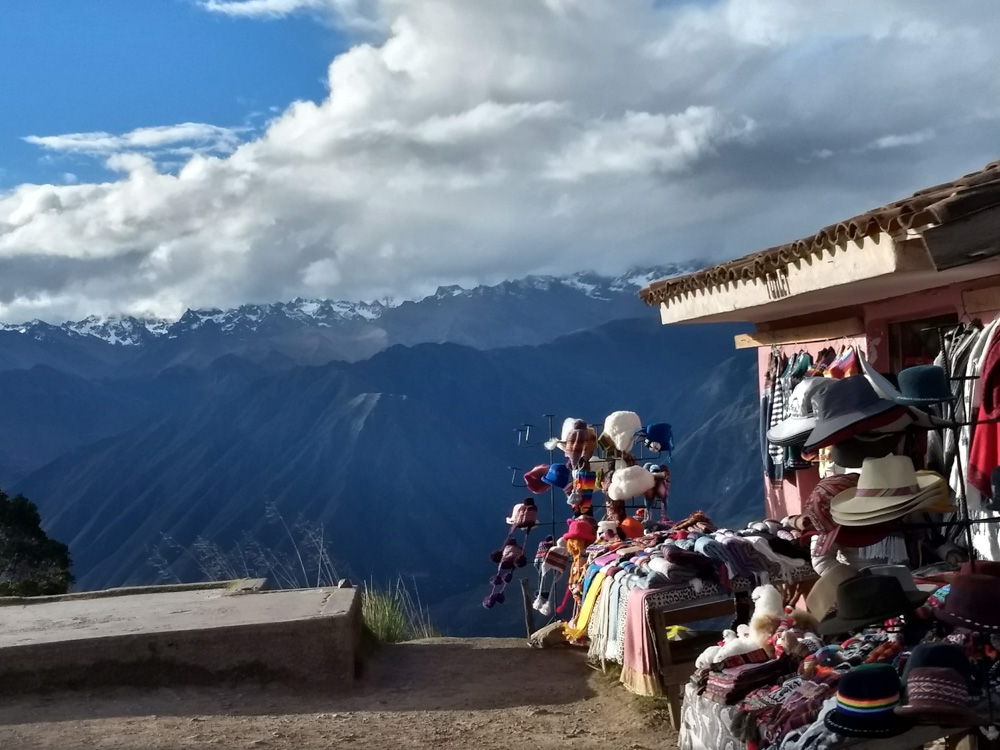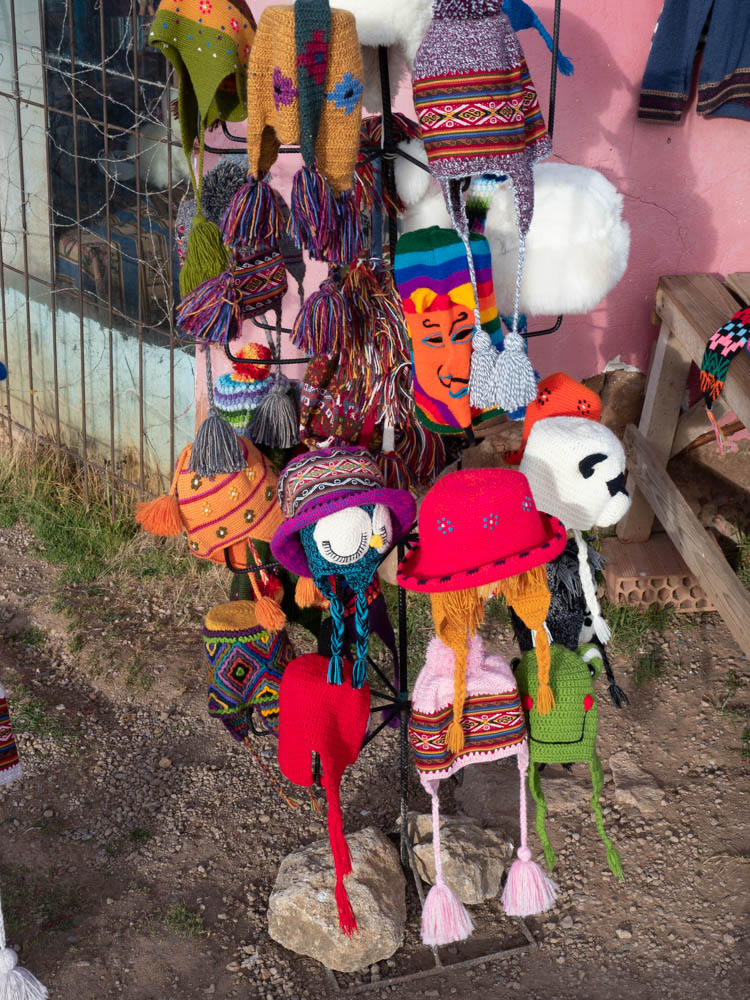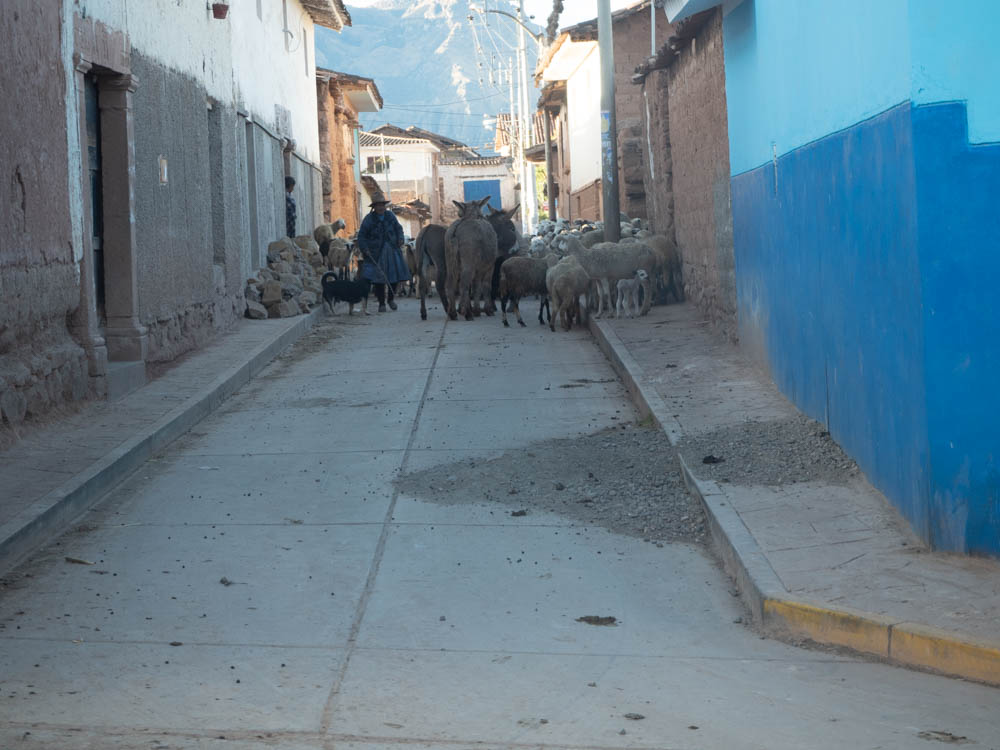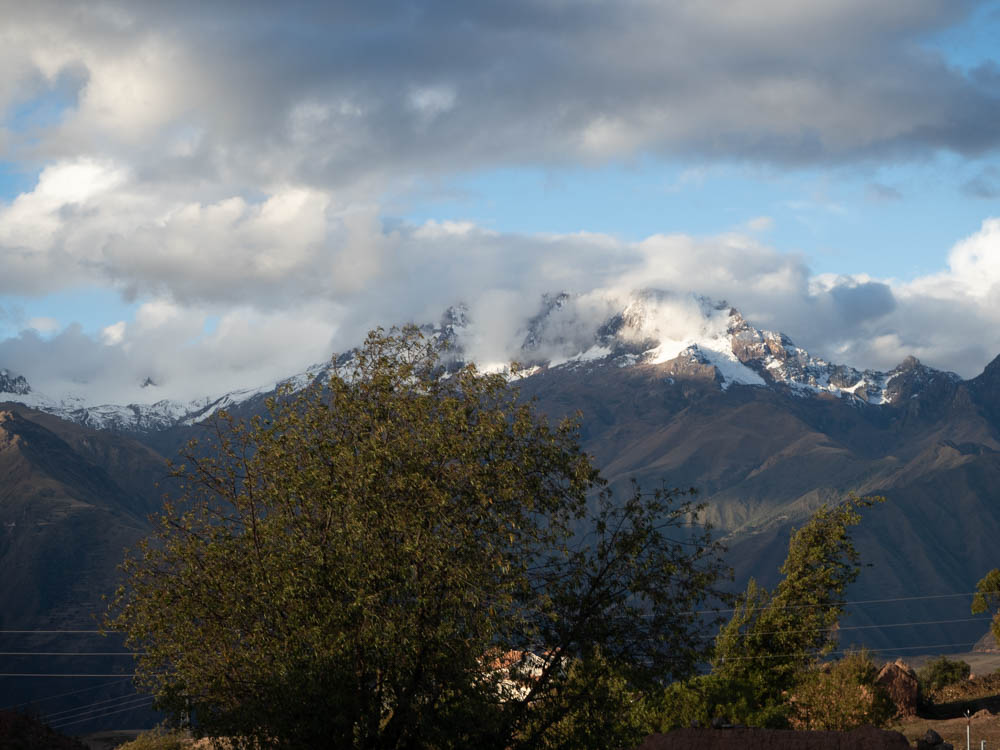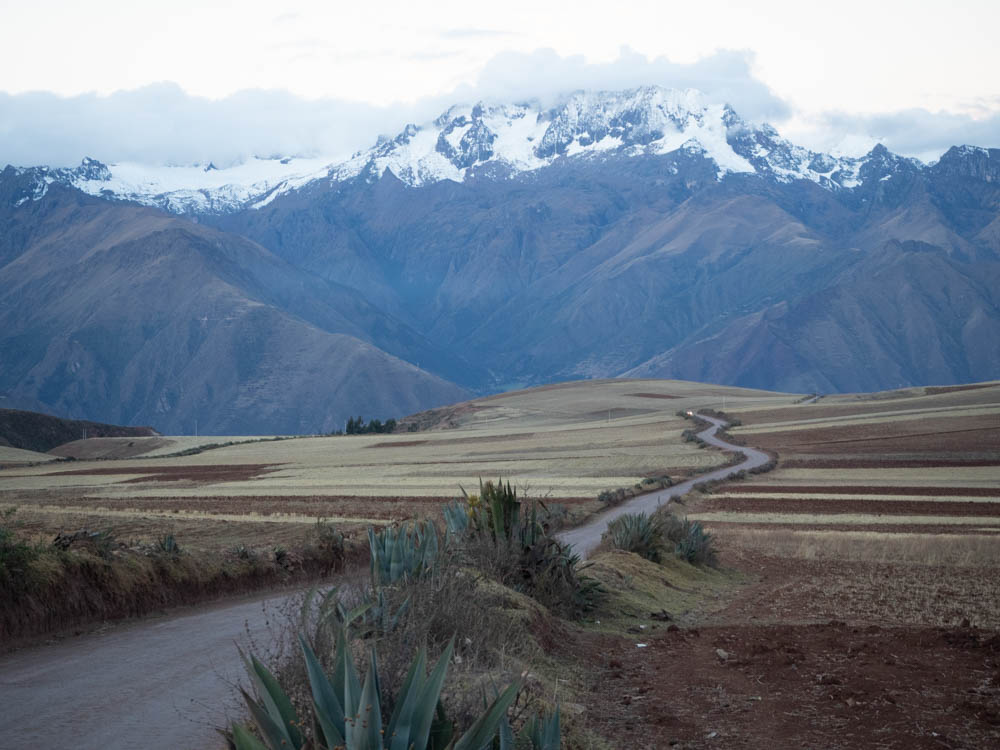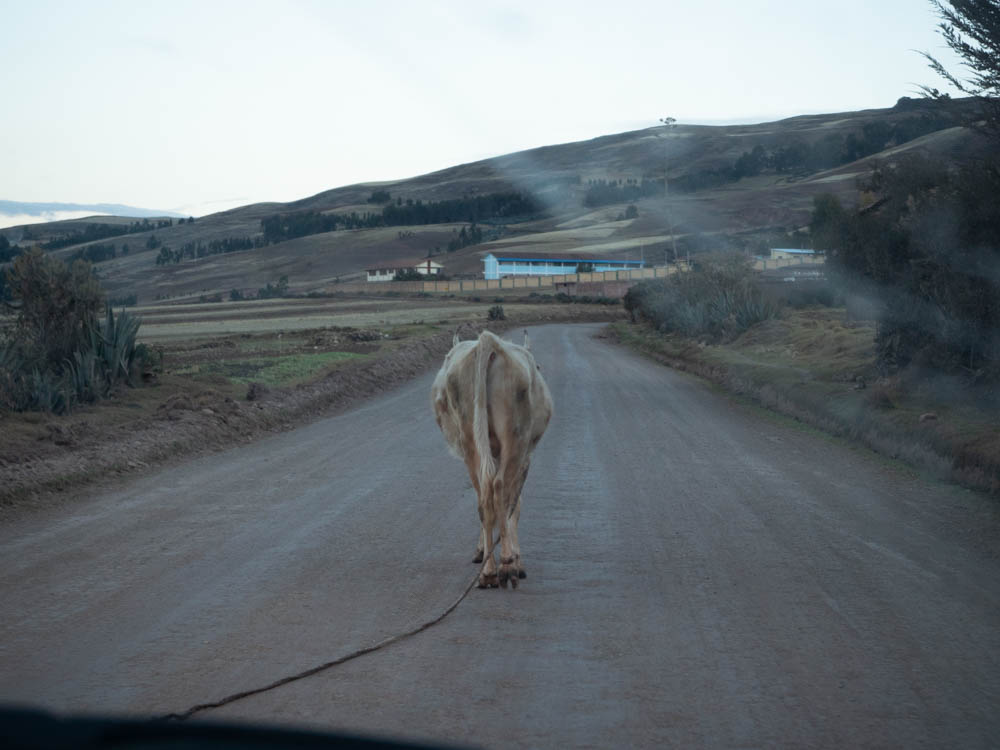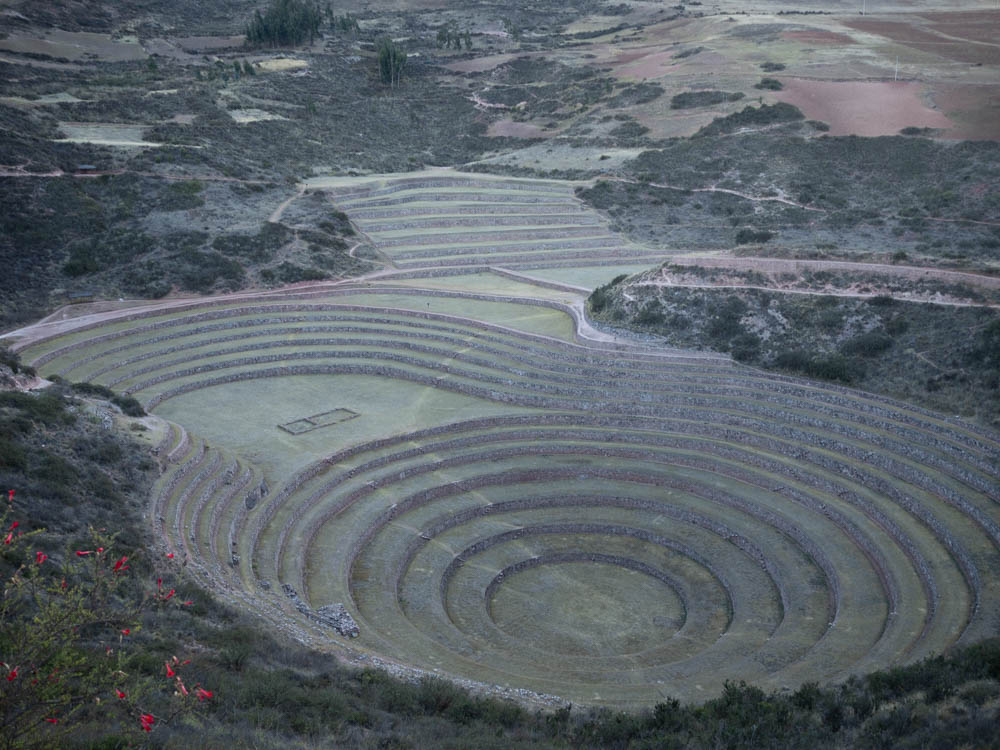We hit the road for a multi-day trip to reach Machu Picchu, which includes a trip through the Sacred Valley. This area, along with Cusco, was considered the heart of the Inca empire.
Our first stop was a weaving cooperative on the edge of the city of Chinchero. A number of local weavers band together to sell their wares and demonstrate their craft. There are a number of these weaving cooperatives throughout Peru, but they are concentrated in the more touristy areas for obvious reasons. Many of the dies they use are derived from local plants and grains. The actual weaving process is still a mystery to me and they have stories associated with each of the symbols used in the weaving. Llama or alpaca fleece is typically used and on a more fun note there is debate about which is the friendlier animal. In our experience neither was overly friendly. At one point Tracy tried to get a picture taken next to both llamas and alpacas, and neither animal was having it.
We drank some tea, watched a demonstration, and spent some money. I picked up a rug with the hope of turning it into a wall hanging. I still need to figure out the best way to make that happen. I was told the rug is titled “Women Gossiping”.
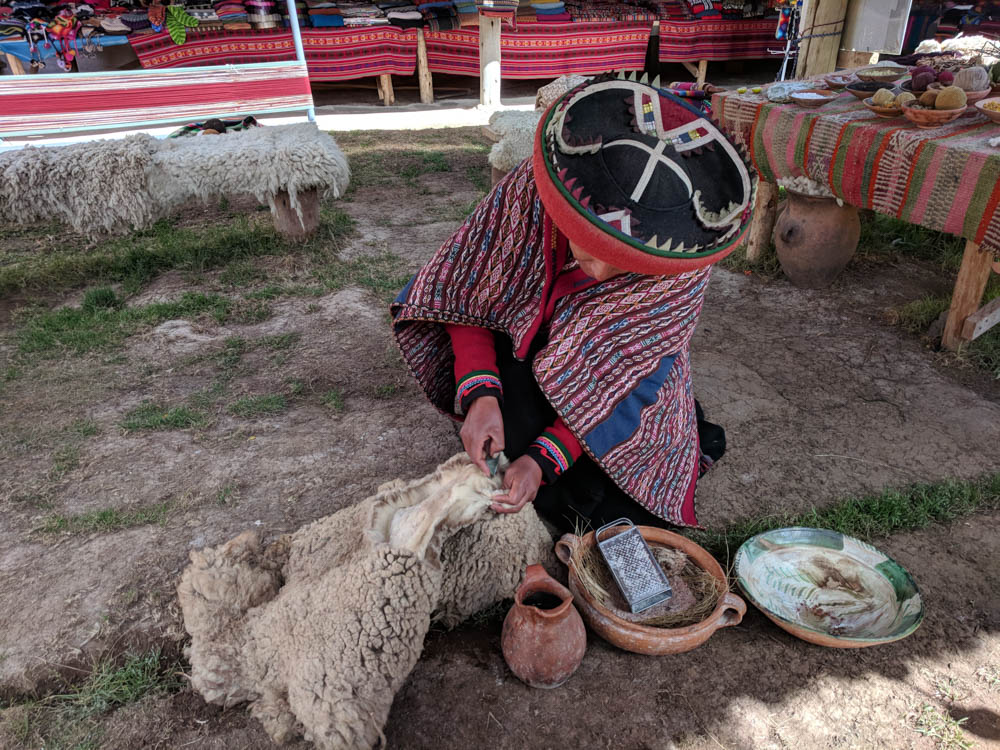
Shearing the fleece 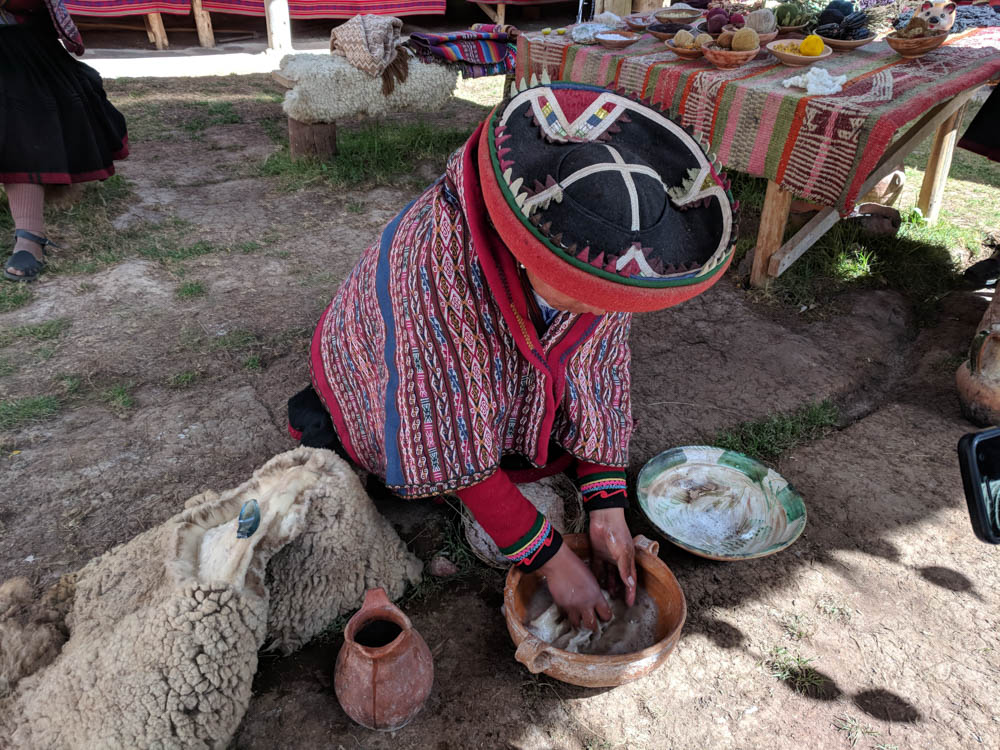
Washing the fleece 
Spinning the Fleece 
Weaving 
Die colors 
More die colors 
Boiling pot of die 
Lots to choose from 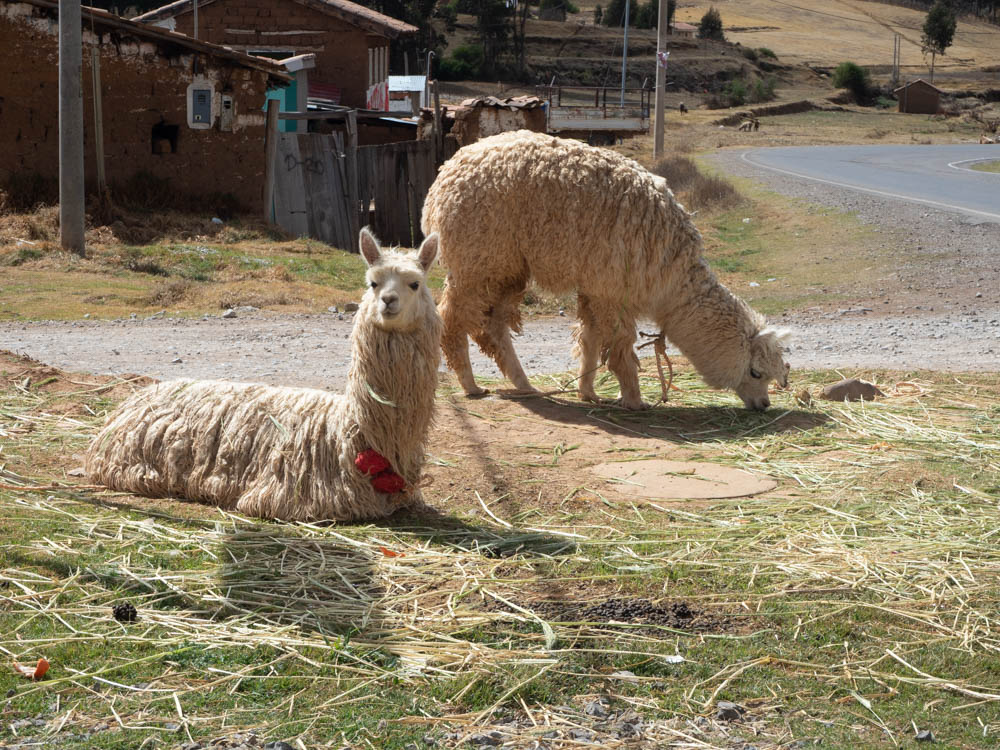
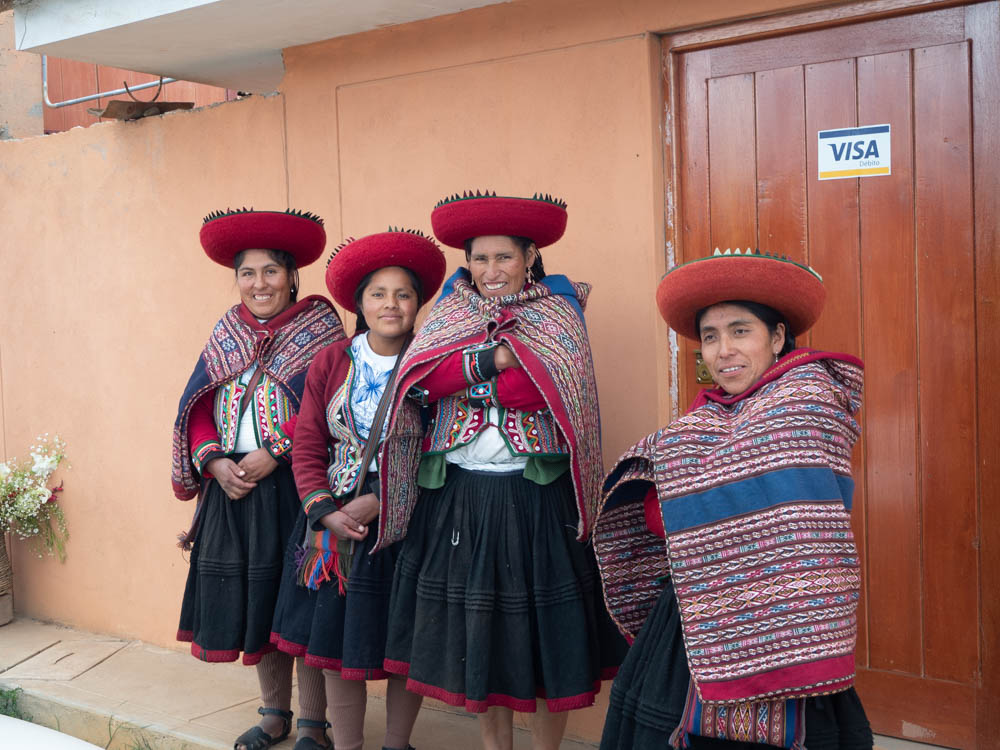

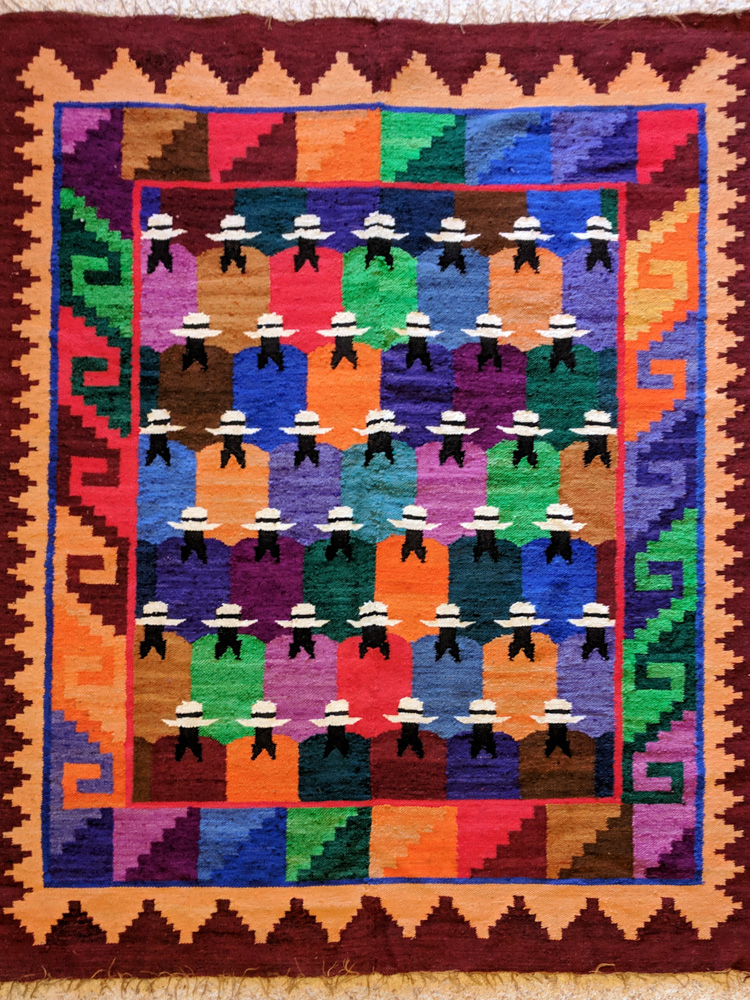
The rug
After our (okay, mostly my) little spending spree, we went into Chinchero. There is more shopping to enjoy there, but more importantly it was our first exposure to the ruins that exist throughout Peru. There is a church, Iglesia Colonial de Chinchero, that was built over the ruins of an Incan palace when the Spanish settled the area. Pictures were not allowed in the church, but rest assured it had the required gold and art becoming a church of this period.
The more impressive piece is the cultivation terraces left by the Inca. These terraces were used by the Inca to grow crops, and the design allowed for an effective use of sloped terrain that would not normally support this type of activity. This is one of the ideas that came from pre-Ican cultures such as the Tiwanaku. The Inca took it to a new level.
When we first arrived, it had just stopped raining. This explains all of the tarps covering goods for sale in the plaza.
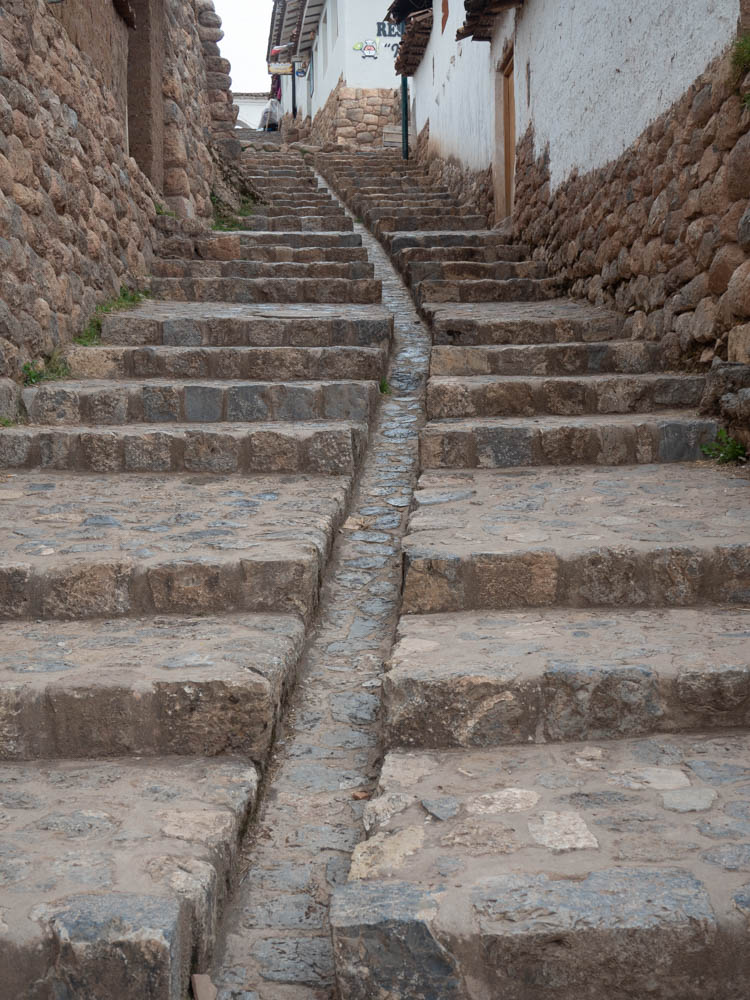
To the church plaza 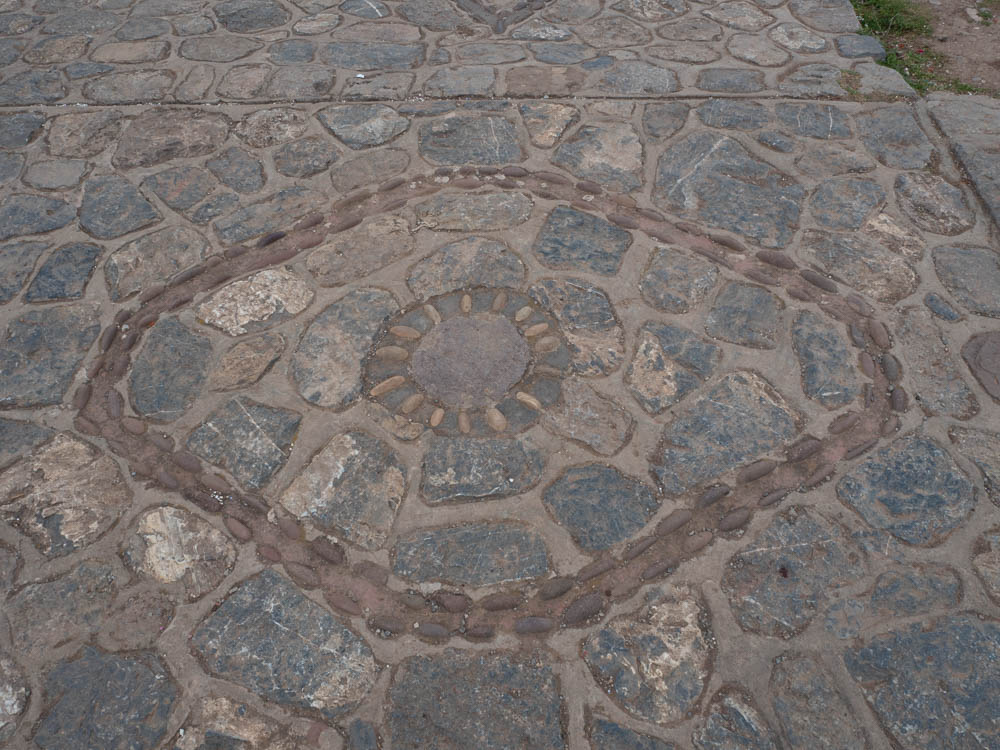
Plaza art 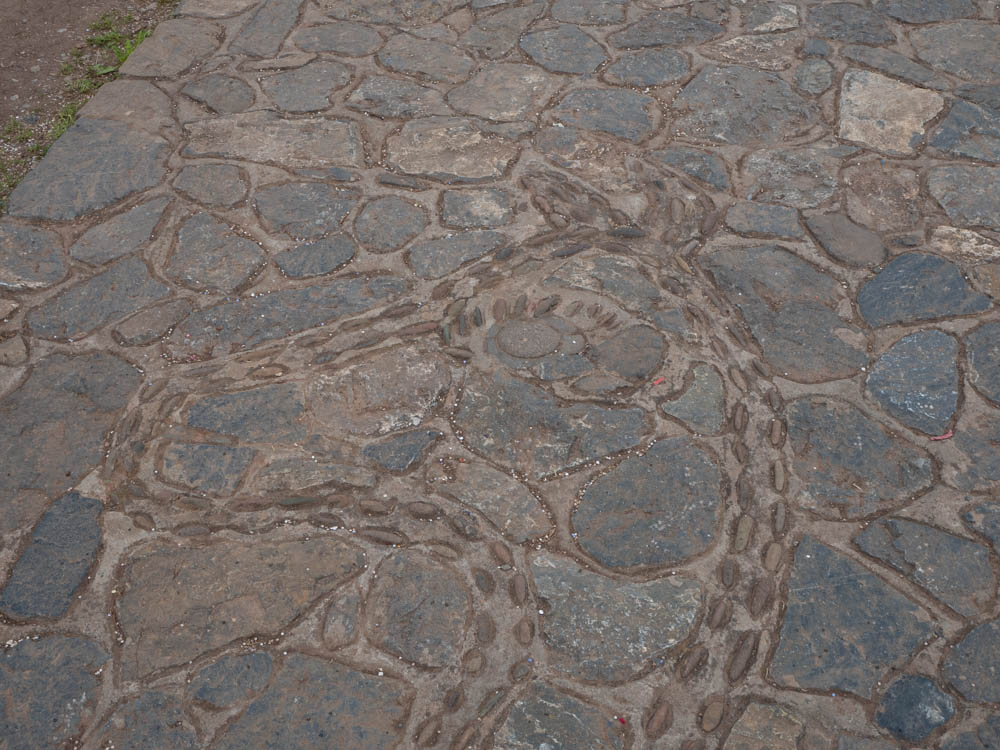
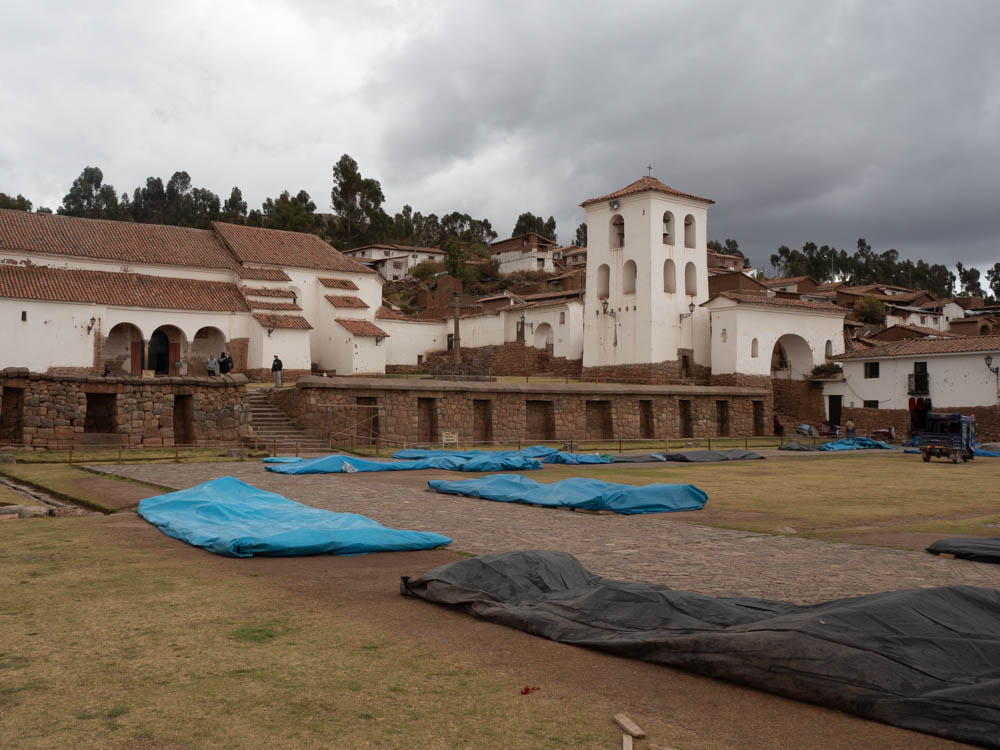
Iglesia Colonial de Chinchero 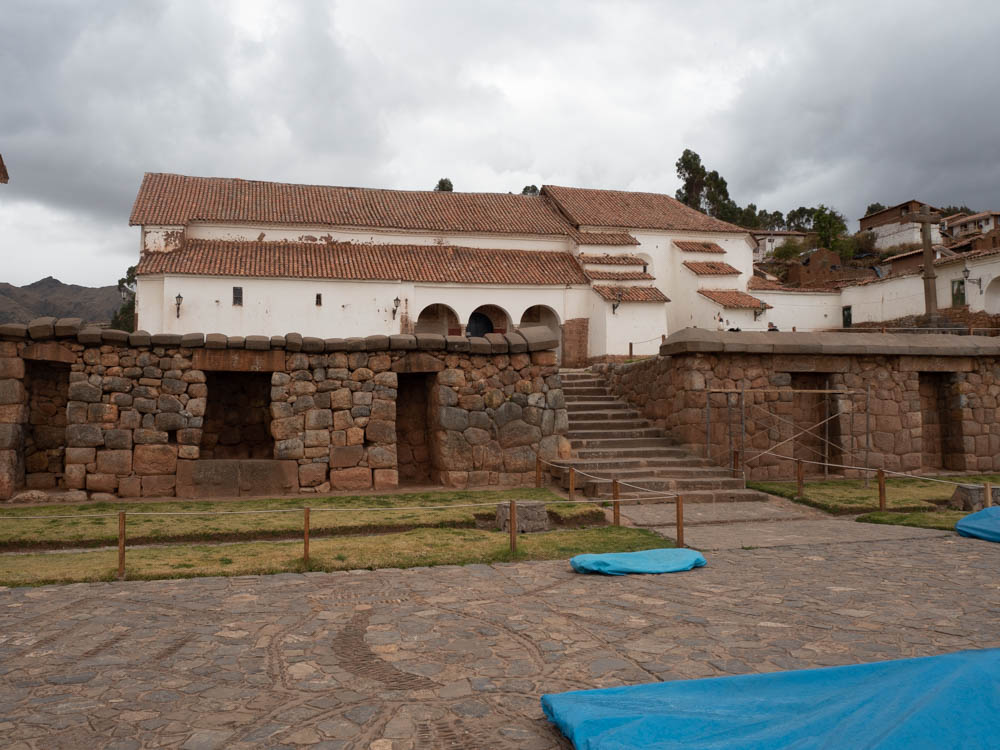
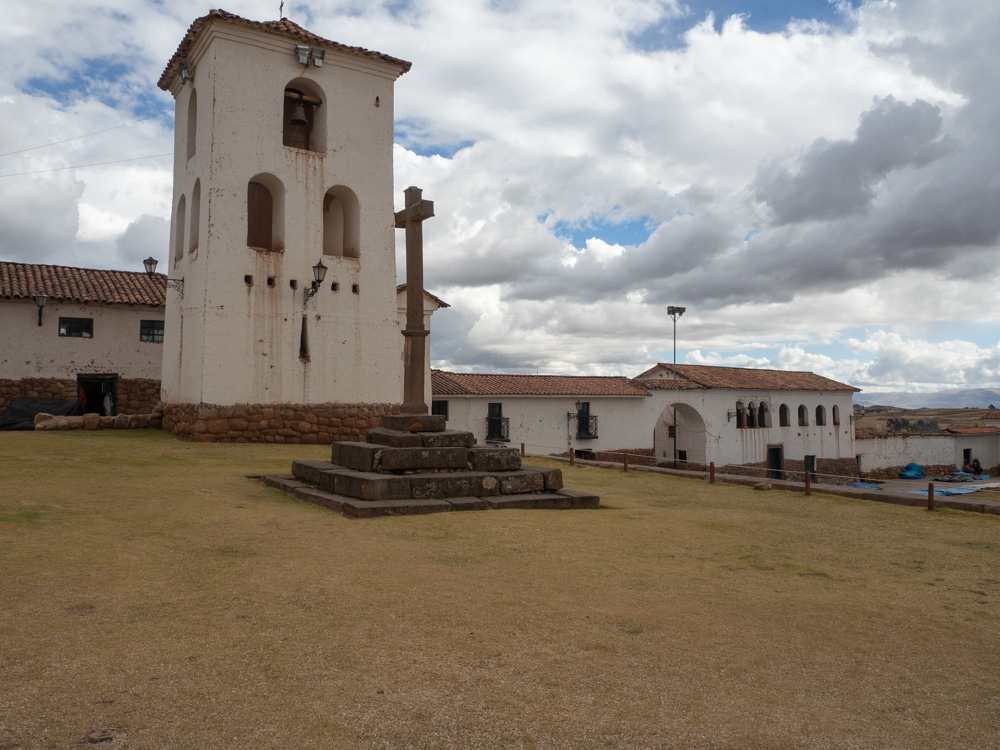
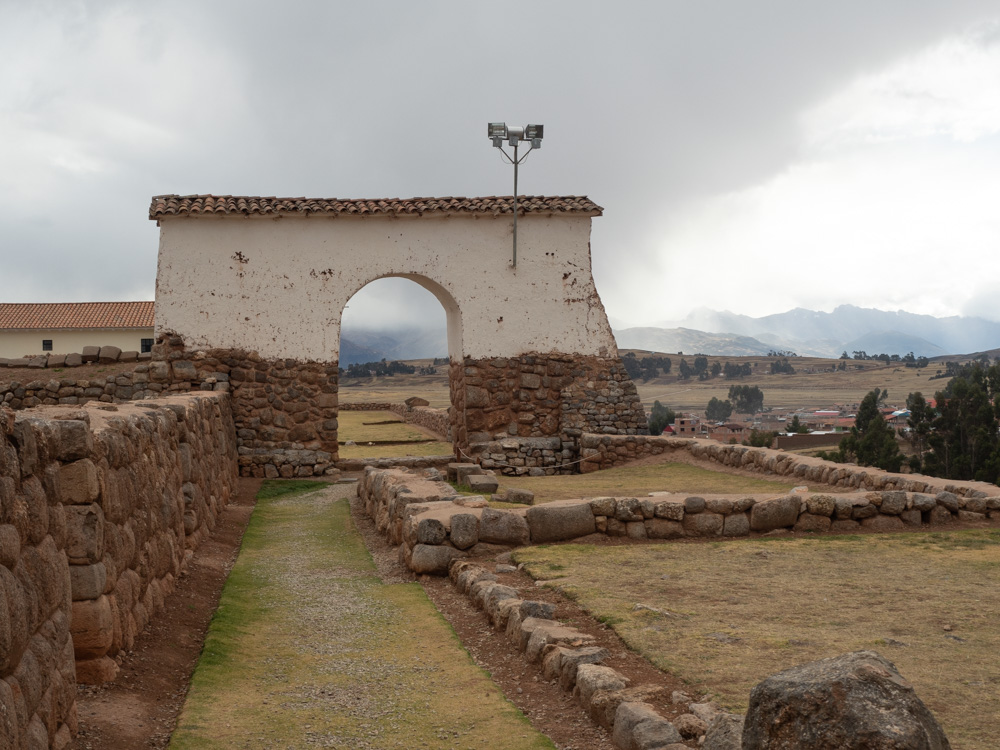


The rain stopped 
Terraces 
Terraces 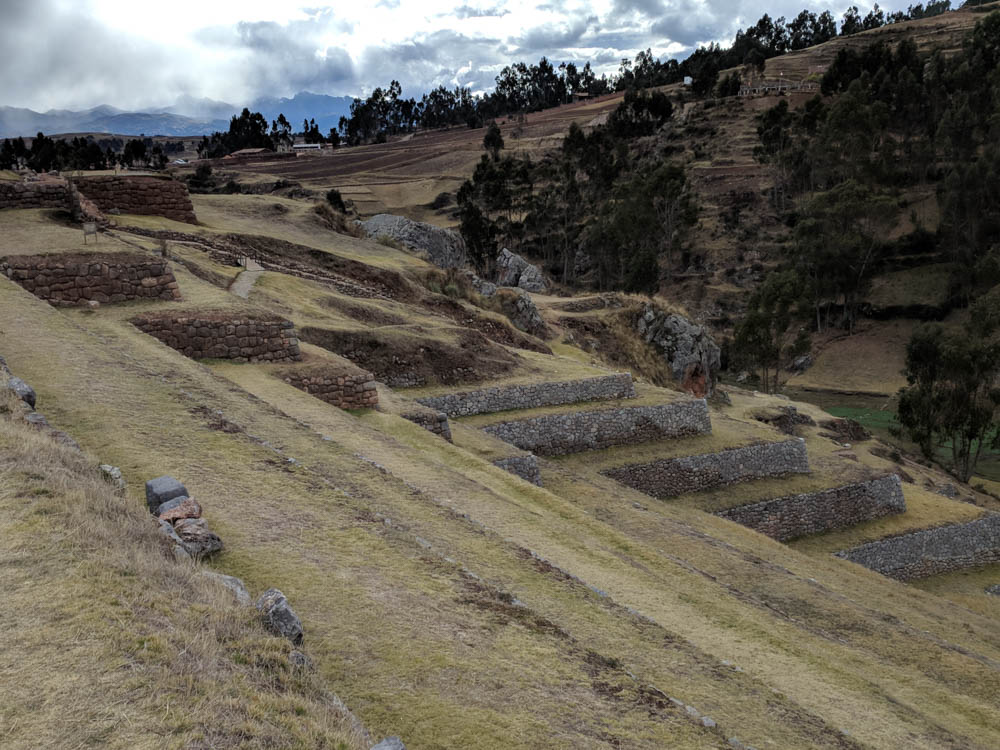
And more terraces 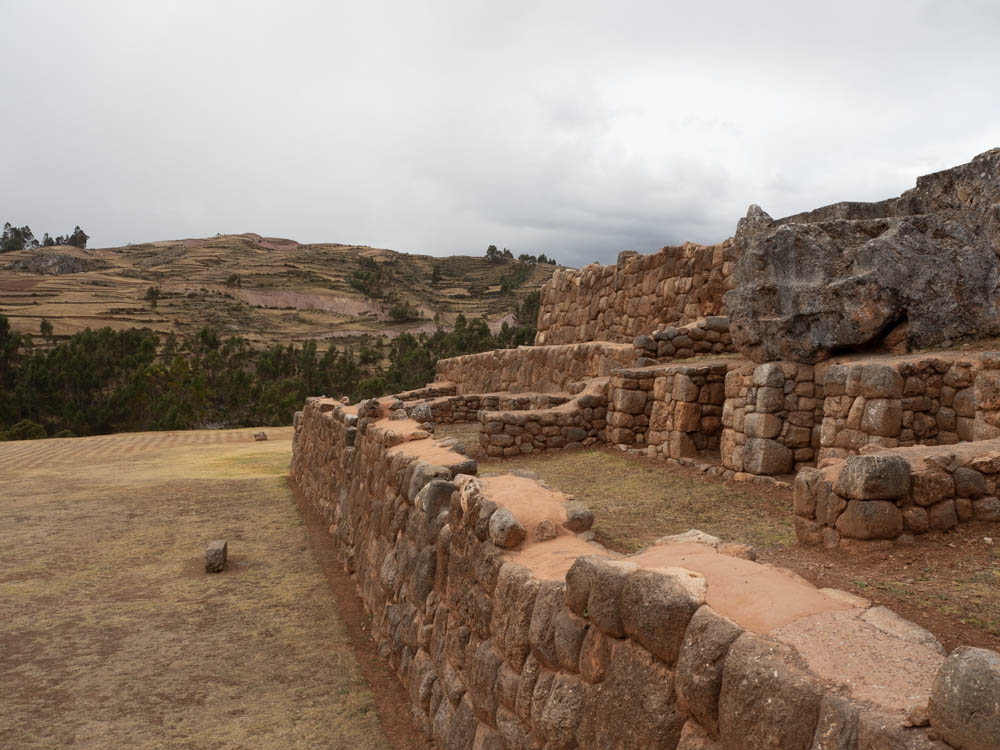
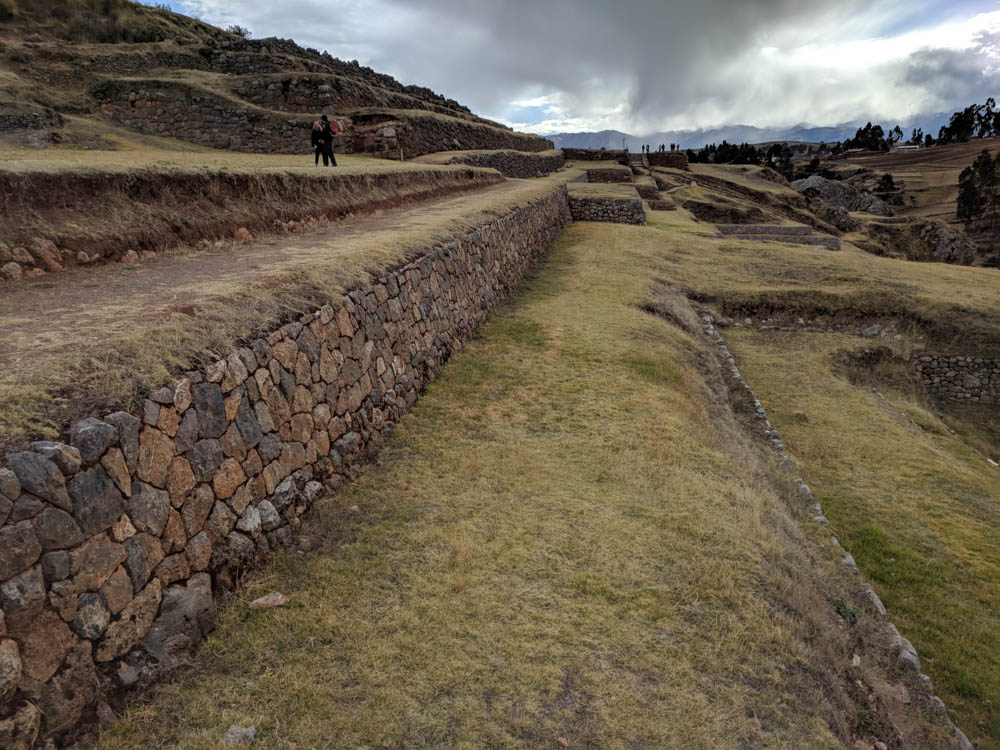

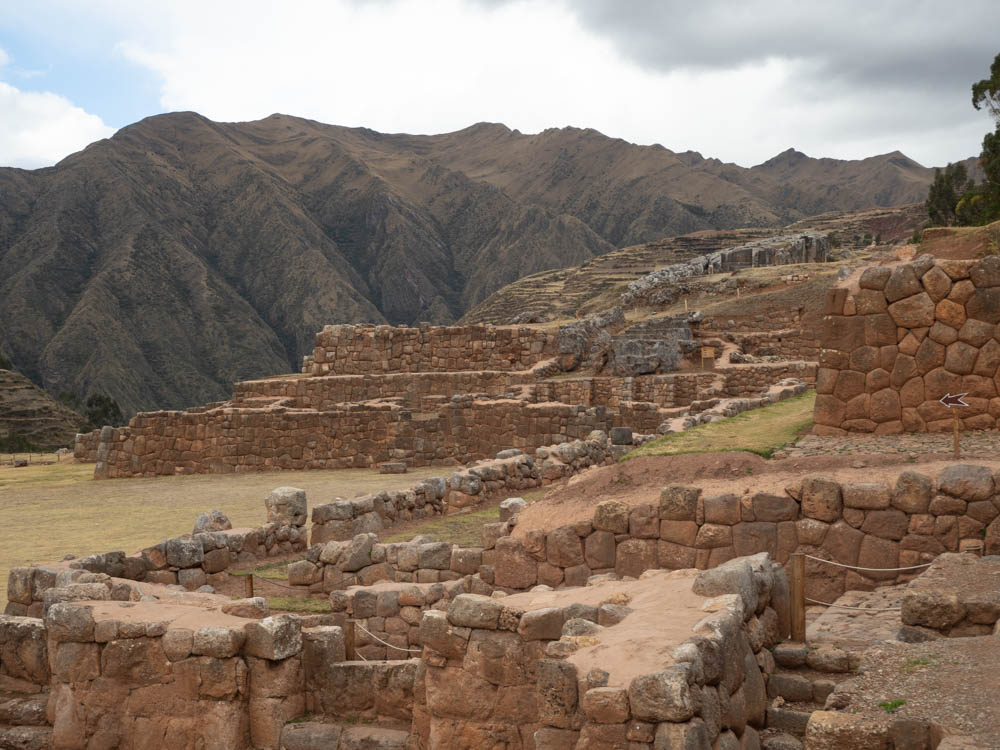



Today’s destination was the city of Ollantaytambo. Our hope was to see more sights along the way, but sunset was not far off. We decided to make one last stop at ruins outside of Moray. The city of Moray was very interesting. The streets are incredibly narrow and it was difficult to navigate because many of the streets were closed off due to trucks, animals, piles of dirt, etc. Here are some pictures from that drive.
The Moray ruins are a unique set of terraces that the Inca used for testing crops and growing methods. It was getting late, so we didn’t have much time to visit. I will write more about this site in a later post when we visited during the day.
After making our way back through Moray we finished the drive to Ollantaytambo, checked into our room, and grabbed dinner. Time for some sleep.
Will


